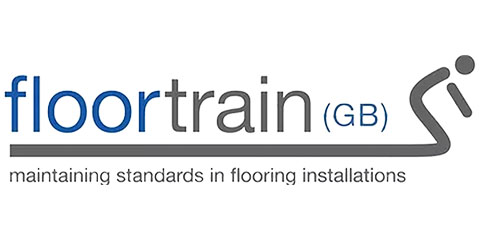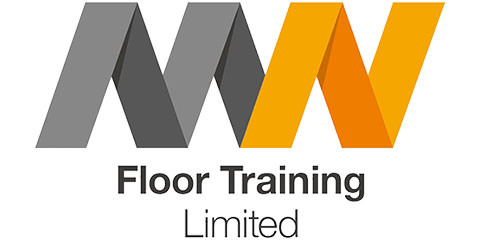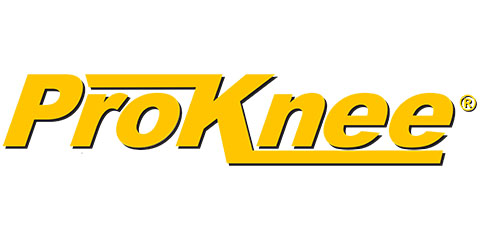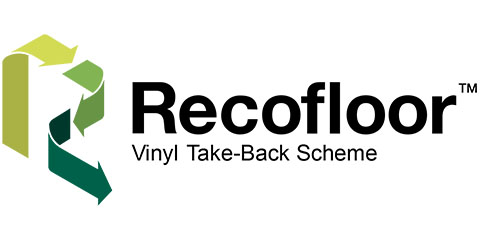What Is Pressure Sensitive Adhesive?
Posted by Teri-Ann Fisher on 6th May 2025
When it comes to choosing the right adhesive for your flooring project, pressure sensitive adhesive (PSA) is a term you'll often encounter, and for good reason. Pressure sensitive adhesive plays a key role in modern flooring installations, offering both ease of use and a reliable performance. But what exactly is pressure sensitive adhesive, and when is the best time to use it?
What Is Pressure Sensitive Adhesive?
Pressure sensitive adhesive is a type of glue that forms a bond when light pressure is applied to join the two surfaces together. Unlike traditional adhesives, PSA does not require heat or water to be activated and remains tacky at room temperature, nor does it harden completely. This allows for a semi-permanent bond that can be readjusted during installation and, in most cases, also allows for easier removal or replacement of the flooring in the future.
Pressure sensitive adhesive is commonly supplied in liquid form, often rolled onto the subfloor, or in pre-applied formats like adhesive-backed flooring tiles or planks. Once applied and left to ‘tack off’, usually until it becomes clear and sticky but not wet, the flooring can be pressed into place.
Ideal Flooring Types for Pressure Sensitive Adhesive
Pressure sensitive adhesive is particularly well-suited to resilient flooring types, such as:
- Luxury Vinyl Tiles (LVT)
- Vinyl Planks
- Carpet Tiles
- Rubber Flooring
These flooring materials benefit from the flexible yet secure bond pressure sensitive adhesive provides. For example, LVT installations using pressure sensitive adhesive allow individual tiles or planks to be lifted and replaced with minimal disruption, making it ideal for high-traffic areas where frequent replacement is required, or spaces subject to future layout changes.
Best Settings for Pressure Sensitive Adhesive Use
Pressure sensitive adhesive is an excellent choice for commercial and residential settings where speed and flexibility are key. Ideal environments include:
- Office spaces – where modular carpet tiles may need to be replaced individually
- Retail environments – where quick installations with minimal downtime are critical
- Residential kitchens or bathrooms – where water resistance is important, but ease of replacement is also desirable
- Healthcare and education sectors – where hygiene, low-VOC adhesives, and maintenance efficiency are priorities
It's important to ensure the subfloor is clean, dry, and properly prepared before applying pressure sensitive adhesive. The adhesive should be allowed to dry until it becomes tacky to the touch before placing the flooring. Some manufacturers also offer low-VOC or solvent-free pressure sensitive adhesive options, making them more environmentally friendly and suitable for enclosed spaces.
Conclusion
Pressure sensitive adhesive offers a flexible, efficient, and cost-effective solution for a variety of flooring installations. With its ease of application and long-term benefits in modular and high-traffic environments, it's no wonder pressure sensitive adhesive has become a staple in modern flooring projects.
Before selecting pressure sensitive adhesive for your next installation, always consult the flooring manufacturer’s guidelines to ensure compatibility and achieve the best results.









